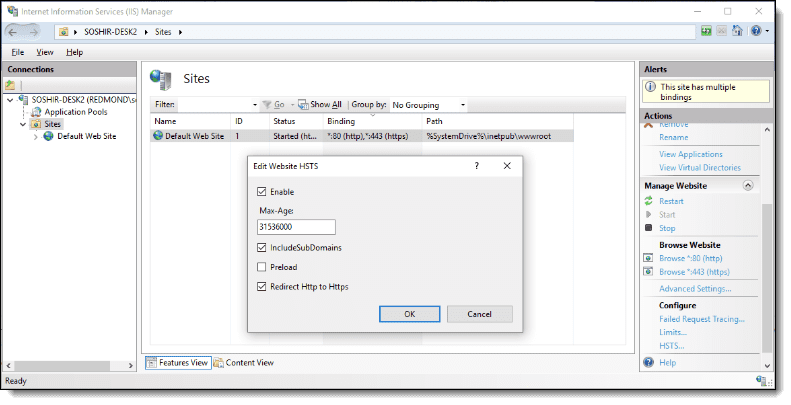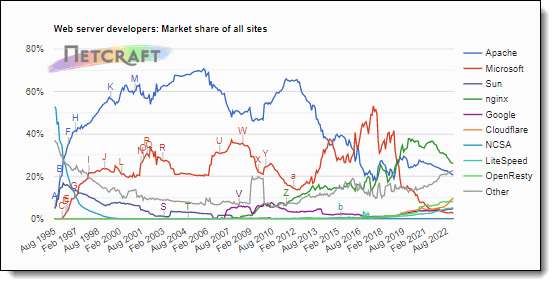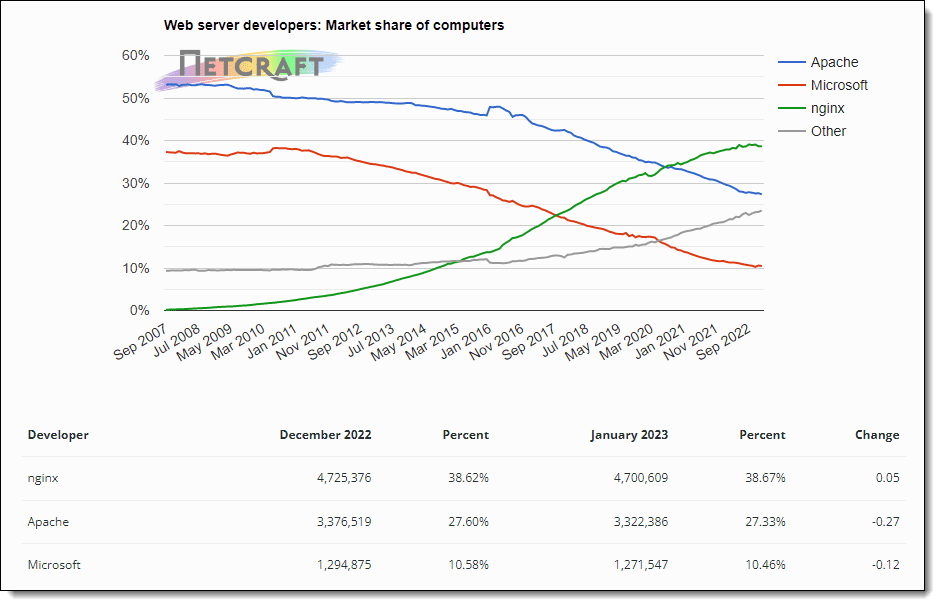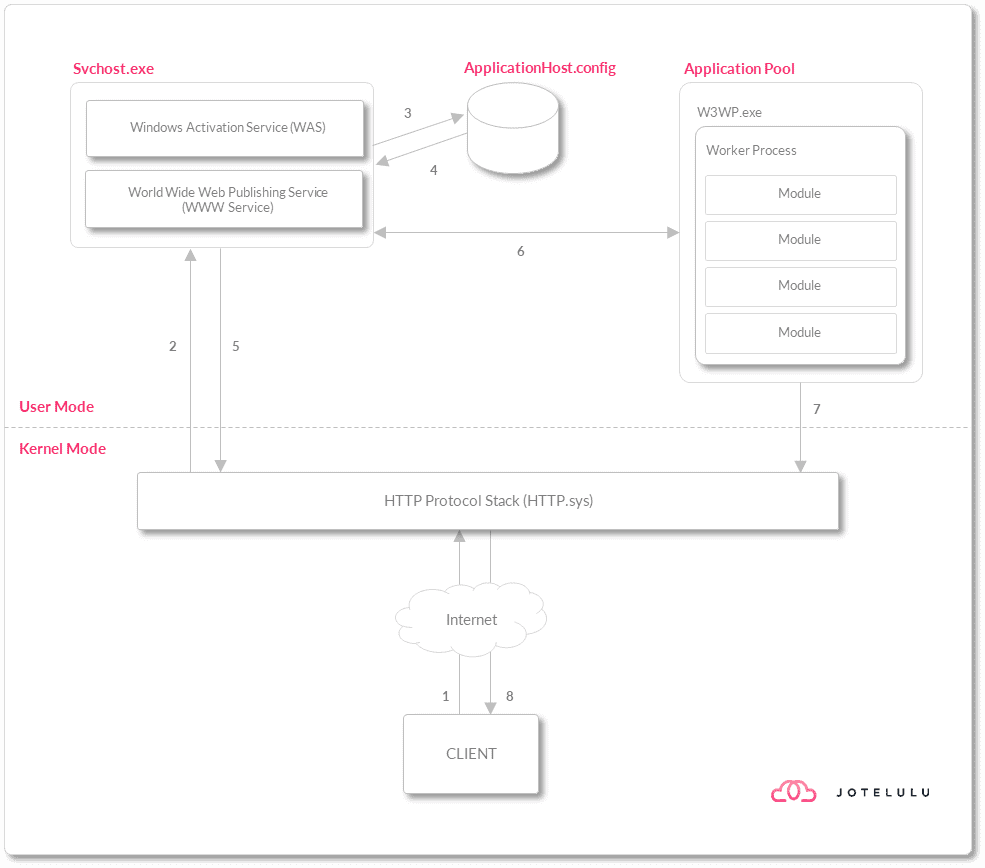In this short article, we’ll discuss what IIS web server is and what it’s used for, as well as some other useful bits of information about this Microsoft service.
There are many different kinds of software out there, such as user programs, mobile apps and server software. There are also hundreds of different types of software licences, and it can often be tricky to know exactly what kind of software a program is, what it is for and why it was developed in the first place.
This last point is an interesting one, as occasionally, a product or service might end up being used for a different purpose than the one it was originally designed for.
NOTE: If you’d like to learn about an example of a product that was designed for one thing but ended up being used for another, check out this article about Super Glue.
As it happens, IIS is actually a pretty versatile piece of software. So, let’s take a closer look at this Microsoft service and what it is used for.
What Is IIS And What Is It Used For?
Firstly, IIS stands for Internet Information Services, which might sound a little pretentious for a simple web server.
IIS is known as Microsoft’s HTTP/HTTPS web server, but this is actually a little simplistic as it can also provide other services like NNTP, FTP or even a simplified version of SMTP.
However, this simplified version of SMTP (Simple Mail Transfer Protocol) is not actually intended as a mail service. It’s not designed so that people can send e-mails to each other. It’s actually designed so that web applications hosted on the IIS server can send notification e-mails. This is mainly because IIS doesn’t include a POP or IMAP service.

A Short History of IIS Web Server
IIS web server was developed by Microsoft in a very popular but complex programming language called C++. The first version was released in 1995 under a proprietary software licence. Since then, various features have been added, and numerous performance and security issues have been fixed.
As a side note, with its growing popularity, it is becoming increasingly important for sysadmins to master PowerShell when performing a variety of tasks. IIS is no exception to this, and PowerShell can be a really useful tool for managing this service.
NOTE: To find out more about how you can use PowerShell with IIS, check out this link on the Microsoft website.
Over the years, IIS web server’s popularity has fluctuated, but more recently, there has been a clear downward trend compared with other traditional web servers like Apache web server or Nginx, which we compared in a recent article.

This fall in market share can be seen in the graph below too. In 2007, IIS enjoyed 40% of market share, but currently, it is closer to around 10% when considering production web servers.

NOTE: Data source: https://news.netcraft.com/archives/2023/01/27/january-2023-web-server-survey.html
However, it’s important to bear in mind that we’re talking about web servers that provide both intranet and internet services. This makes IIS a multi-purpose server that still retains a significant share of the market.
IIS Web Server Componentisation
The IIS model uses a single thread to handle requests made to the server. This is quite different from the model used by Apache, which uses multiple threads.
You might think that this creates a bottleneck once the number of requests gets too high. However, in reality, some tasks are delegated to other worker threads, unloading a certain amount of the workload so that it can always listen for requests and respond to them. It essentially performs the job of a “dispatcher”, assigning work to worker threads and delivering a response to the requester.
This solves the bottleneck issue to a certain extent, creating a concurrent processing model where the server is continuously receiving requests, forwarding them, receiving responses from the worker threats and forwarding them to the original requester. By doing things this way, greater server performance is achieved.
To illustrate this, take the example below, which looks at how a request from a client device is processed:

- The client sends an HTTP request, and the HTTP protocol stack receives the request.
- The HTTP protocol stack contacts the Windows Activation Service (WAS).
- Windows Activation Service (WAS) requests configuration information from the configuration store.
- Configuration information is sent to the WWW service, compiling data like the group of applications or the website configuration.
- The WWW service uses the configuration information to configure how the HTTP protocol stack should respond to the device (HTTP.sys).
- Windows Activation Service (WAS) starts a worker process for the application that launched the request.
- The request is processed, and the application pool returns a response to the HTTP protocol stack.
- The response is sent to the client.
Versions of IIS and Available Support
IIS web server has been with us since 1995, which means that very soon, it will be a staggering 30 years old!
Since its appearance with Windows NT 3.51 Service Page 3, it has gone through several iterations, which, if we’re honest, have not always been positive.
Most versions are no longer supported, mainly because the operating systems they’re linked to aren’t supported either. However, for Windows Server 2012, Windows 8 and their successors, there is still support, even if there is a set date for that support to end.
The table below lists the different versions of IIS web server, the operating systems that host it and the planned date for support to end, if available.
| IIS Version | Supported Operating Systems | End of Support |
| IIS 1.0 | Windows NT 3.51 Service Pack 3 | No support |
| IIS 2.0 | Windows NT 4.0 | No support |
| IIS 3.0 | Windows NT 4.0 Service Pack 3 | No support |
| IIS 4.0 | Windows NT 4.0 Option Pack | No support |
| IIS 5.0 | Windows 2000 | No support |
| IIS 5.1 | Windows XP Professional | No support |
| IIS 6.0 | Windows Server 2003 and Windows XP Professional x64 Edition | No support |
| IIS 7.0 | Windows Vista (Solo Business and Ultimate) and Windows Server 2008 | No support |
| IIS 7.5 | Windows 7 and Windows Server 2008 R2 | No support |
| IIS 8.0 | Windows 8 and Windows Server 2012 | 10 October 2023 |
| IIS 8.5 | Windows 8.1 and Windows Server 2012 R2 | 10 October 2023 |
| IIS 10 | Windows Server 2016 | 12 January 2027 |
| IIS 10.0 | Windows 10, Windows 11, Windows Server 2019 and Windows Server 2022 | 9 January 2029 |
Table – Versions of IIS web server, supported OSs and support end date
Summary
As you can see, IIS web server is not just useful for displaying websites; it can also be used to display files using WebDav or send files via the FTP protocol.
Even if it doesn’t have the same market share that it once had, it’s still a very good option to have if you want to serve a website without buying additional licences or installing software, as IIS web server is included in Windows Server and even client versions of Windows, although it’s often “deactivated”.
If you’d like to learn how to deploy IIS, take a look at these tutorials:
You can also find more information about the product on the product website.
Thanks for reading!











